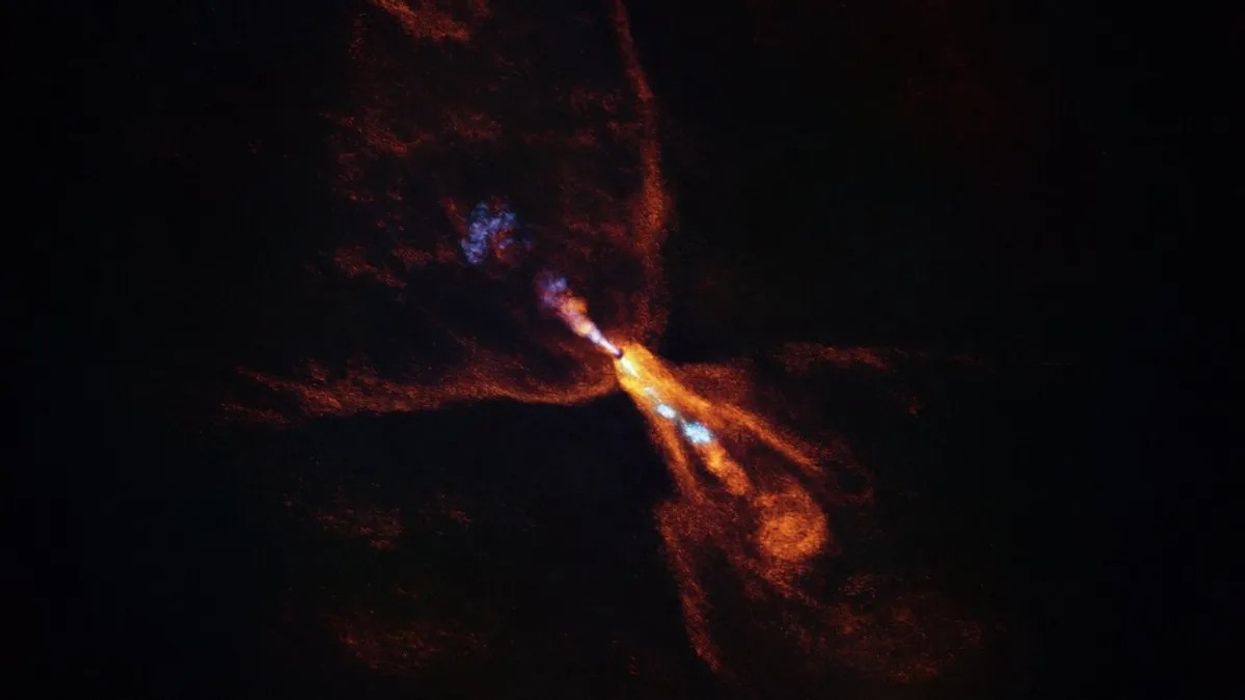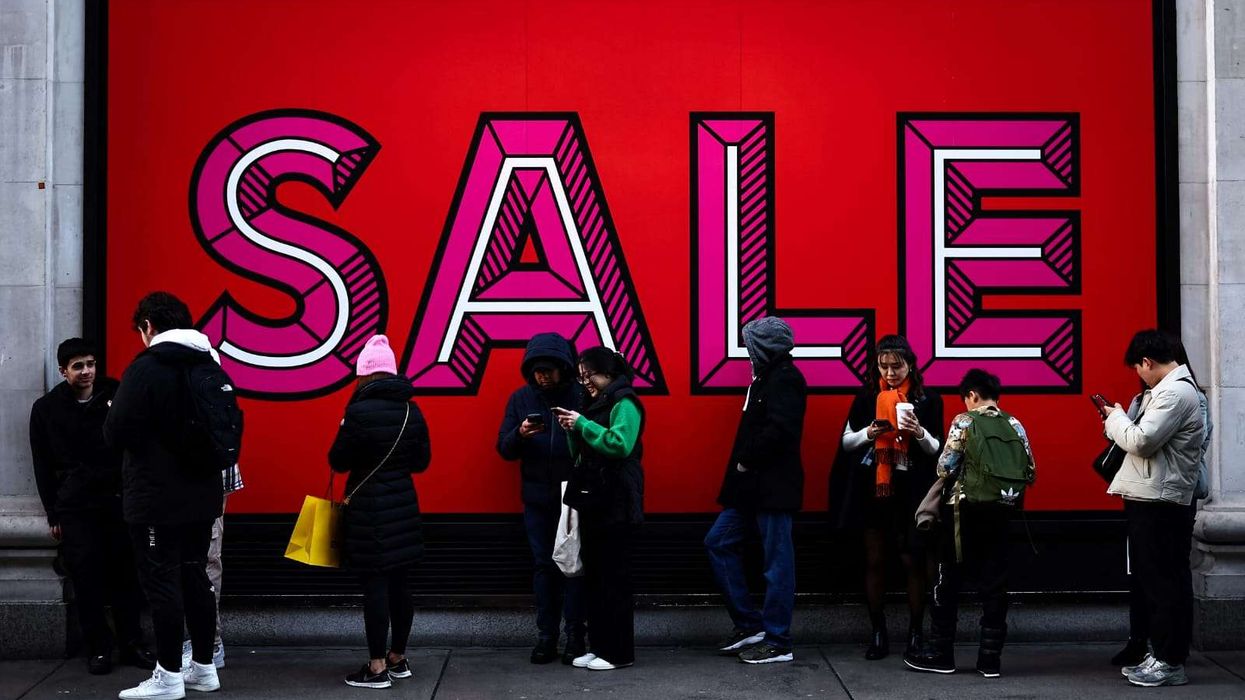Google is currently experiencing a widespread outage affecting several of its core services, including Gmail, Google Drive, Google Meet, and other Workspace tools.
According to a status update from Google, the issue began at approximately 3:10 pm and is causing delays and error messages across multiple platforms.
By 4:30pm, outage reports had peaked, with hundreds of users logging problems on DownDetector, a site that tracks service disruptions.
The problems extend to key services such as Google Docs, Google Chat, and Google Analytics, with many users unable to access or load content.
In a brief update, Google confirmed:
“Various Workspace services are experiencing elevated latency and error rates.”
Users have taken to social media platform X (formerly Twitter) to share their frustrations. One user wrote:
“Google would go down on a Friday lol — like this couldn’t wait ‘til Monday?”
Another joked:
“Google Drive is down? Well, my work day is over then.”
As of now, Google has not confirmed the cause of the outage or when full service will be restored.













